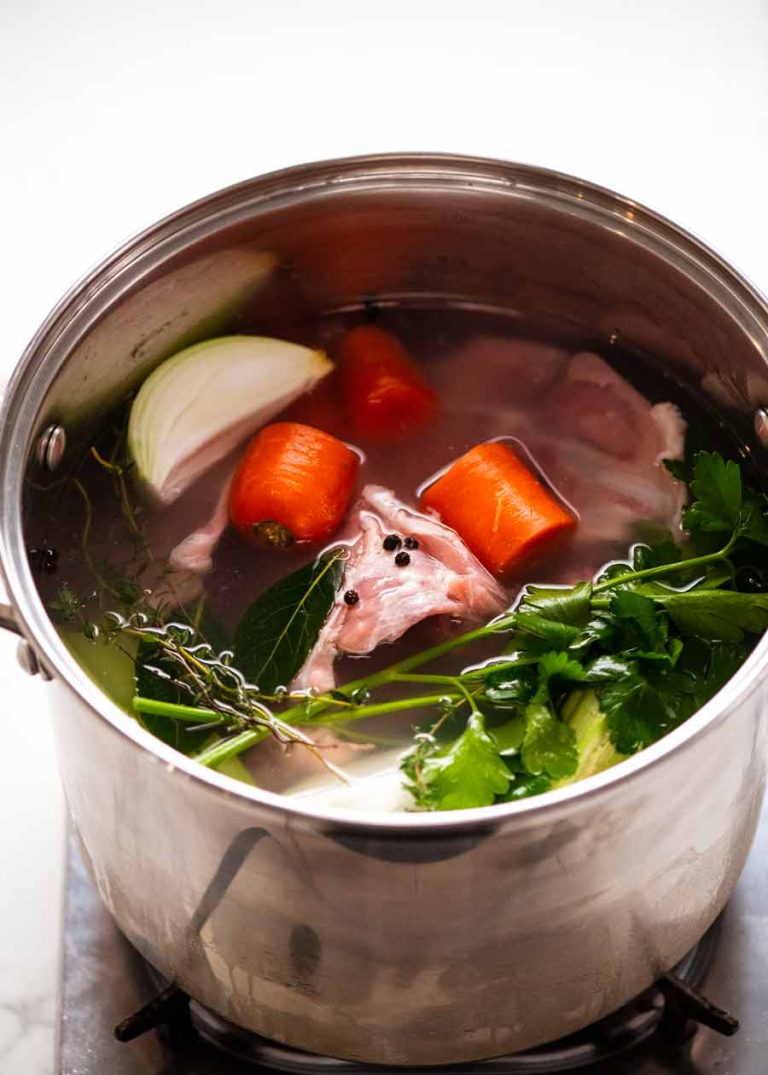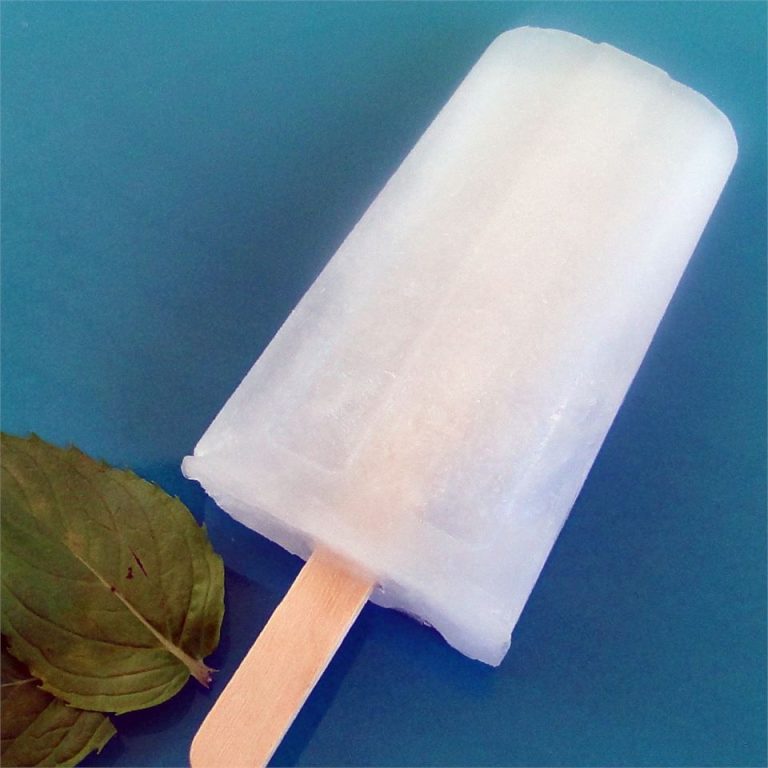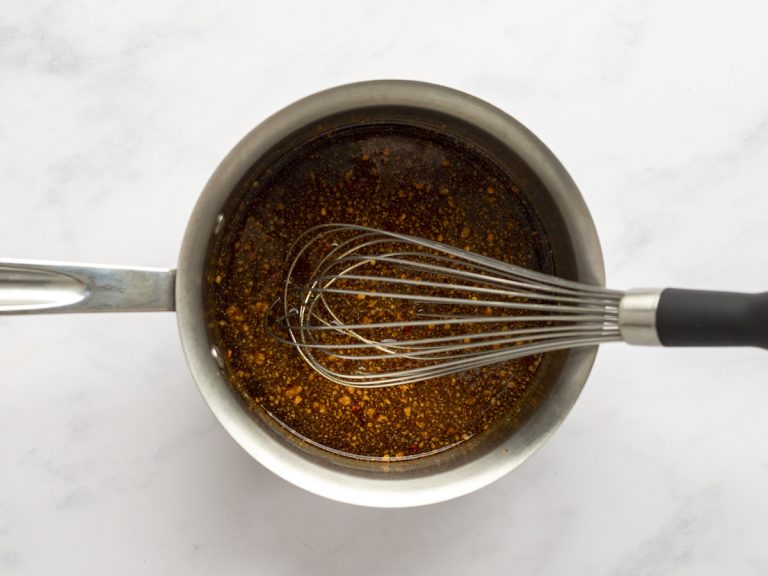Orange Glaze Recipe: Perfect for Sweet and Savory Dishes
- Fresh Orange Juice: Provides natural citrus flavor and acidity, essential for the glaze.
- Powdered Sugar: Creates the base of the glaze, adding sweetness and helping achieve the desired consistency.
- Orange Zest: Enhances the flavor with concentrated citrus oils.
- Vanilla Extract: Adds depth and warmth to the taste.
- Butter: Optional but adds richness and a smooth texture.
These simple ingredients come together to create a delicious, zesty topping perfect for your favorite desserts.
How to Make Simple Orange Glaze
Step-by-Step Instructions
- Gather Ingredients
- Combine fresh orange juice, powdered sugar, orange zest, vanilla extract, and optional butter. Use 1/4 cup of orange juice, 1 cup of powdered sugar, 1 tablespoon of zest, 1 teaspoon of vanilla, and 1 tablespoon of melted butter if desired.
- Mix Ingredients
- Stir powdered sugar with orange juice in a mixing bowl. Sift the powdered sugar for a smoother glaze.
- Add Zest and Vanilla
- Incorporate orange zest and vanilla extract. Stir well until fully combined. The zest adds texture and enhances the citrus flavor.
- Include Optional Butter
- Mix in melted butter to achieve a richer consistency. This step depends on your preference for a thicker glaze.
- Adjust Consistency
- Adjust thickness by adding more powdered sugar (for thicker) or orange juice (for thinner). Aim for a pourable but not runny consistency.
- Apply the Glaze
- Drizzle the glaze over the cooled baked goods. Use a spoon or piping bag for precision, ensuring an even distribution.
Tips for the Perfect Glaze
-
Fresh Juice
- Always use fresh orange juice. Bottled juice may contain preservatives that alter flavor.
-
Proper Consistency
- Ensure the glaze is neither too thick nor too thin. It should flow easily but set firmly.
-
Chill Ingredients
- Use chilled orange juice for a thicker, more set glaze. This helps maintain a frosting-like texture.
-
Flavor Balance
- Balance sweetness and tartness by adjusting sugar or adding a pinch of salt.
- Apply the glaze while slightly warm. This helps it adhere better and achieve a smooth finish.
These steps and tips ensure a luscious, citrusy orange glaze that enhances your baked goods with minimal effort.
Uses of Simple Orange Glaze
Desserts
Simple orange glaze enhances various desserts. Drizzle it over cakes like pound cake or bundt cake for a citrusy kick. Use it to top cookies (e.g., shortbread or sugar cookies), adding a sweet and tangy layer. Pour it over pastries like doughnuts or scones for a zesty finish. You can also glaze muffins, such as cranberry or blueberry muffins, to balance their flavors. Incorporate it into fruit tarts or cheesecakes for an extra burst of orange flavor.
Savory Dishes
Orange glaze isn’t just for desserts; it complements savory dishes too. Brush it on roasted meats like chicken or pork to create a caramelized, flavorful crust. Mix it into salad dressings for a citrusy zing that pairs well with green salads or roasted vegetables. Use it as a glaze for grilled seafood, such as salmon or shrimp, enhancing their natural flavors. Drizzle it over roasted nuts for a sweet and savory snack.
By including the simple orange glaze in both sweet and savory dishes, you elevate everyday meals with a touch of citrus.
Health Benefits of Orange Glaze
Nutritional Information
Orange glaze, made primarily from fresh orange juice and powdered sugar, offers nutritional benefits from the orange itself. Oranges contain vitamins and minerals essential for health. Each serving of orange glaze retains some of the nutrient content of fresh oranges, including vitamin C, fiber, and antioxidants.
| Nutrient | Amount (per 100g) |
|---|---|
| Vitamin C | 53.2 mg |
| Fiber | 2.4 g |
| Sugar | 17.2 g |
| Calcium | 40 mg |
Using the glaze in moderation can add a nutritious element to your desserts. Vitamin C helps support your immune system and skin health, while fiber aids digestion. These benefits make orange glaze a healthier option compared to glazes laden with artificial ingredients.
Dietary Considerations
Orange glaze fits well into several dietary plans if used appropriately. It’s naturally gluten-free, making it suitable for those with celiac disease or gluten sensitivity. Choose powdered sugar that’s certified gluten-free to ensure purity.
If you’re mindful of sugar intake, it’s essential to use the glaze sparingly due to its high sugar content. Opting for versions with less powdered sugar or using sugar substitutes can reduce its impact on blood sugar levels. For vegans, ensure the powdered sugar used doesn’t contain bone char in its refining process.
By adjusting ingredients, you can make the orange glaze fit various dietary needs, offering a delicious yet thoughtful addition to your meals.
Conclusion
A simple orange glaze can transform your dishes with minimal effort. Whether you’re looking to add a zesty touch to your desserts or a citrusy note to your savory meals this glaze is a versatile addition to your culinary repertoire. Plus with its nutritional benefits and adaptability to various diets you can enjoy it guilt-free. So go ahead and experiment with this delightful glaze and elevate your cooking to new heights.






